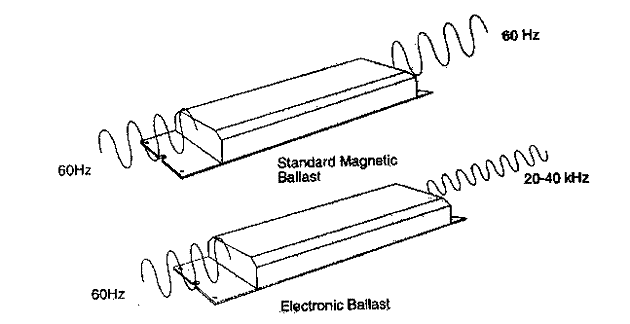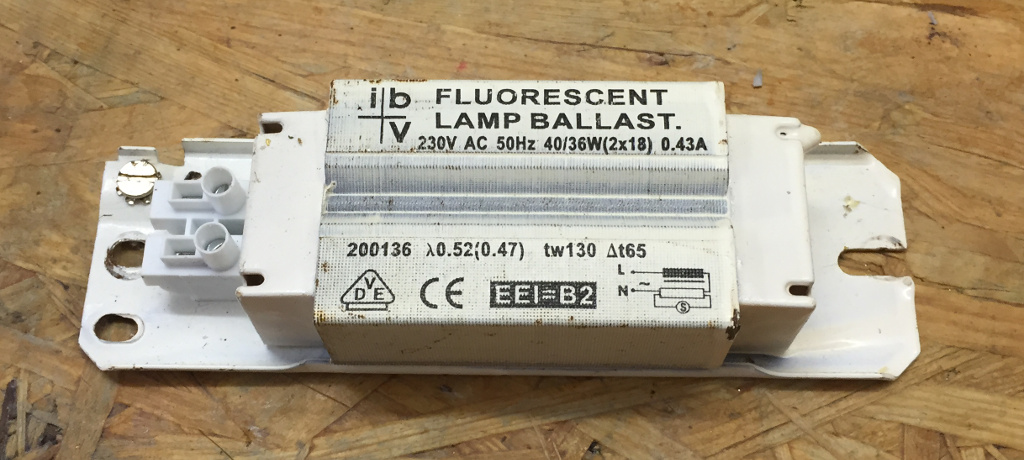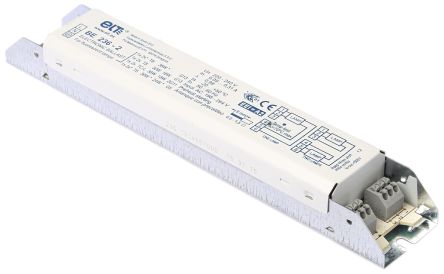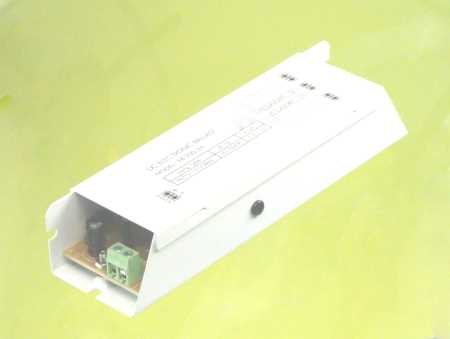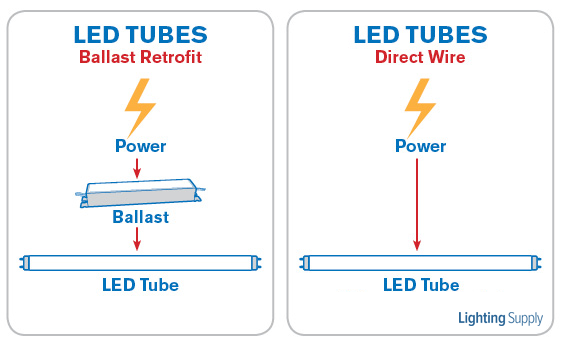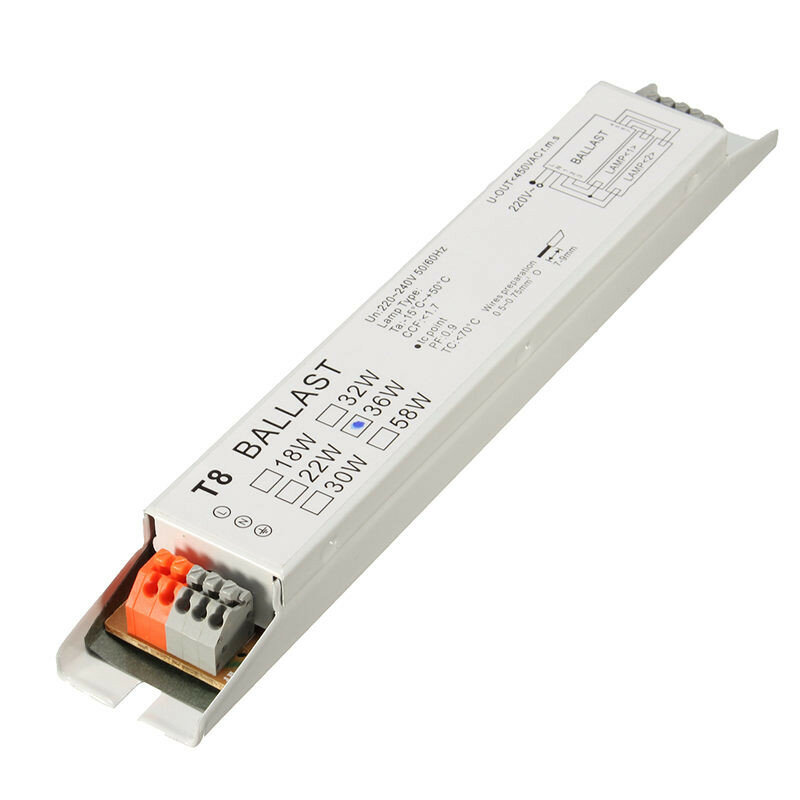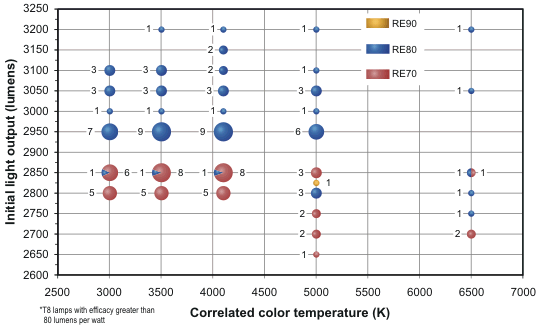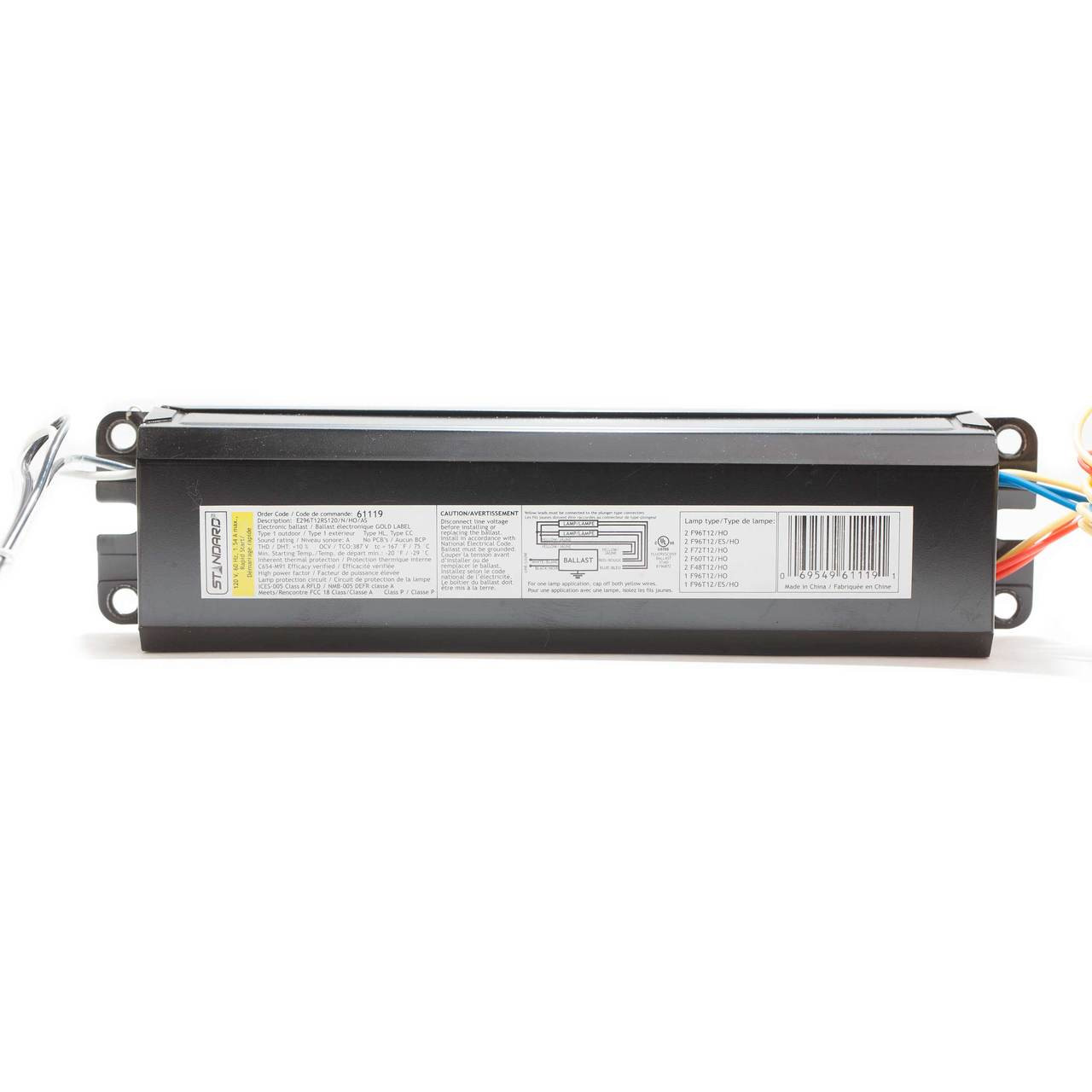Fluorescent Light Ballast Output Voltage

The amount of illumination in the fluorescent bulb is controlled by a ballast that is connected to the fixture.
Fluorescent light ballast output voltage. Commercial cfls use a separate ballast. Cfls for the home have a built in ballast at the base of the bulb. Providing the proper voltage to establish an arc between the two electrodes. The flicker index used for measuring perceptible light modulation has a range from 0 00 to 1 00 with 0 indicating the lowest possibility of flickering and 1 indicating the highest.
Rather than pre heat the electrodes the ballast uses a high voltage boost around 600 volts to heat and light the filaments and then the mercury gas. Fluorescent lamps use a ballast which transforms line voltage to a voltage to start up and operate the lamp s. If your fluorescent fixture is not working properly use a multimeter also called a volt ohm meter to check the fixture s voltage to determine if the problem is the ballast or another component. It is not a fluorescent tube that is voltage rated it is a ballast that is used to raise the secondary voltage to fire the tube.
The ballast provides enough voltage to start the fluorescent bulbs and once they are started it quickly lowers the current to produce just enough electricity to produce a steady light source. Newer fluorescent ballasts are usually rated for both 120 volts and 277 volts. The high output frequency of an electronic ballast refreshes the phosphors in a fluorescent lamp so rapidly that there is no perceptible flicker. If your working voltage is 110 volt and the voltage required for.
Regulating the electric current flowing through the lamp to stabilize light output.







